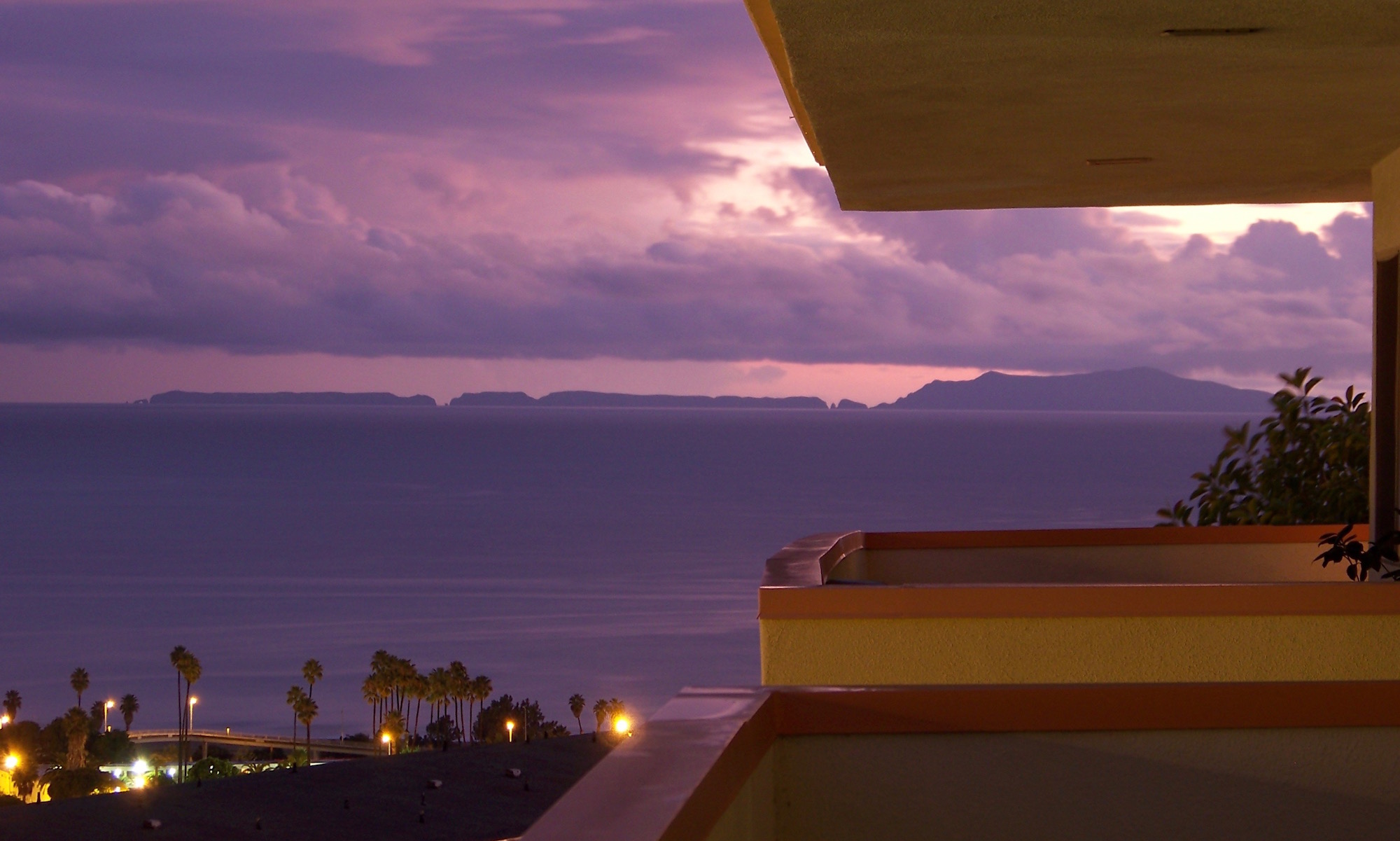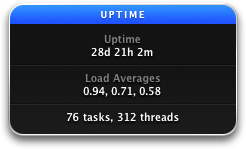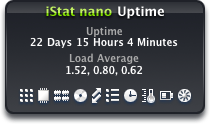There were many who believe that the browser wars are long over, but this is simply not true. With Apple’s entry into the Windows browser space and Mozilla’s spectacular capturing of Internet Explorer’s market share, there is little doubt that the browser wars are back on! 
How does one decide? It was quite easy for me. On the Windows platform, Internet Explorer simply cannot compete with Mozilla’s Firefox browser. The collection of themes and extensions (collectively called add-ons) make Firefox indispensable.
But, not everybody needs or wants to have all of the amazing extensions that block ads, help with html code, script, and manage online social networks. In those instances, one wants pure browsing enjoyment, and the absolute latest Safari beta (3.0.3 as of this writing) delivers. Safari provides this pleasure in three ways: fast beautiful rendering, elegant interface and a good collection of basic and desirable features.
The first surprising thing about Safari for Windows is its speed. In my experience, it renders pages far faster than Internet Exploder and Firefox. In addition, it offers Apple’s own brand of font smoothing in the appearance tab of Safari’s preferences. If you click the thumbnail above and click again to see the full-sized image, you will see what a huge difference this makes. The pages rendered in Safari do not only appear faster, but they appear crisper. The graphics are much more alive and the text resembles written text in finish.
The aesthetics extend from page rendering to the interface itself. Safari is made to look exactly like iTunes in order to leverage iPod’s popularity to push Windows users toward Apple’s services (iPhone and iTunes Music Store) and user interface. (This is Apple’s way of encouraging people to switch, and Apple’s way of building a revenue stream on Windows to make money from users who don’t want to switch.) Some people think iTunes looks drab, but it has an elegant design in as much as it places all the right buttons in the right places. After all, many users who don’t have iPods like iTunes because it is as easy to use as a CD player: press play, and listen to music. Safari’s user interface is similarly spartan, neat and functional. Like iTunes, it’s ready to go on installation.
Safari is not nearly as feature-rich as Internet Explorer or Firefox, but it need not be. It has all the features one wants. It has a terrific popup blocker, which politely asks you if you want to turn it on upon the fist popup encounter. It has a spell checker that checks what you are typing as you type (this is not activated by default, however). It has a very elegant tabbed browsing scheme (also not activated by default), and a superb forms manager that really takes the pain out of entering forms over and over. The “private browsing” feature allows you to conceal your tracks on public terminals. Like most Apple products, it has everything you need, though not everything you want.
So, Firefox is the best browser on the Windows platform, but if all of the bells and whistles of Firefox are making you dizzy, get Safari and enjoy internet surfing in its purest form. Until they let you out of the office, this could very well be your only source of pleasure.
PS If you are curious to make Windows XP look like OS X, read this. PNM
Like this:
Like Loading...



 Immediately after the first recorded high uptime, came this one. It was recorded just before the next OS upgraded prompted me to restart my trusty, crusty old 867 MHz G4 Powerbook Macintosh (Titanium).
Immediately after the first recorded high uptime, came this one. It was recorded just before the next OS upgraded prompted me to restart my trusty, crusty old 867 MHz G4 Powerbook Macintosh (Titanium). Over 22 days may well be the current record. My lovely 12″ 867 MHz Powerbook has now served me faithfully (even though the factory hard drive did not) for three and one-half years. I cannot justify buying a new Mac because save for occasional speed problems, this baby stays up and running without reboot no matter how much punishment I dish out: working with 20 megabyte data files, compiling hundreds of megabytes of software, closing opening and closing and opening applications over and over, having Microsoft programs (and Apple programs on occasion) crash, installing new software and moving daily between a wired and a wireless networking environment. Never a hitch, never a hickup.
Over 22 days may well be the current record. My lovely 12″ 867 MHz Powerbook has now served me faithfully (even though the factory hard drive did not) for three and one-half years. I cannot justify buying a new Mac because save for occasional speed problems, this baby stays up and running without reboot no matter how much punishment I dish out: working with 20 megabyte data files, compiling hundreds of megabytes of software, closing opening and closing and opening applications over and over, having Microsoft programs (and Apple programs on occasion) crash, installing new software and moving daily between a wired and a wireless networking environment. Never a hitch, never a hickup.